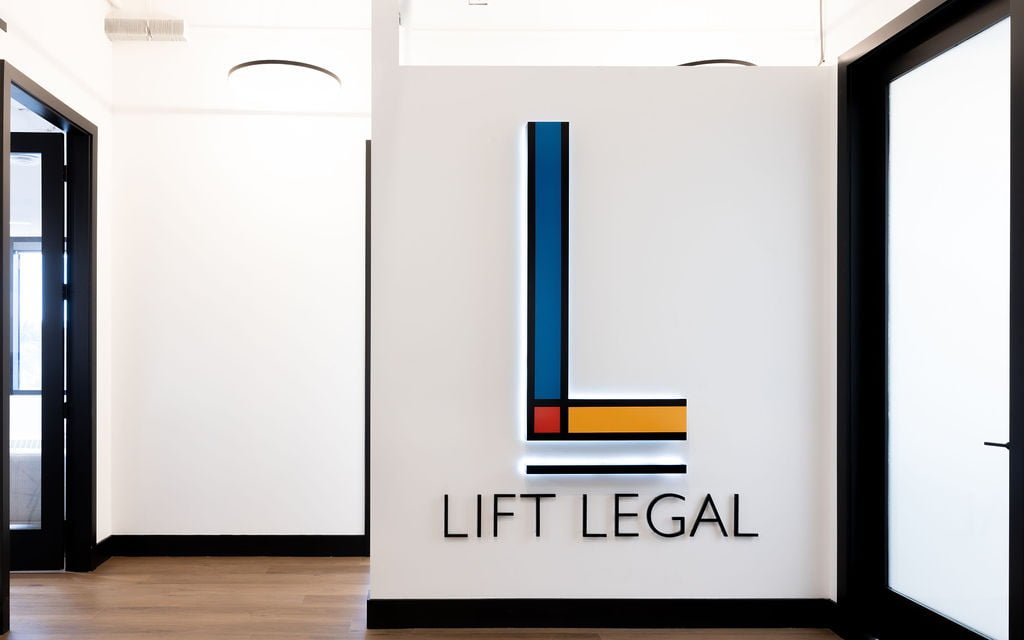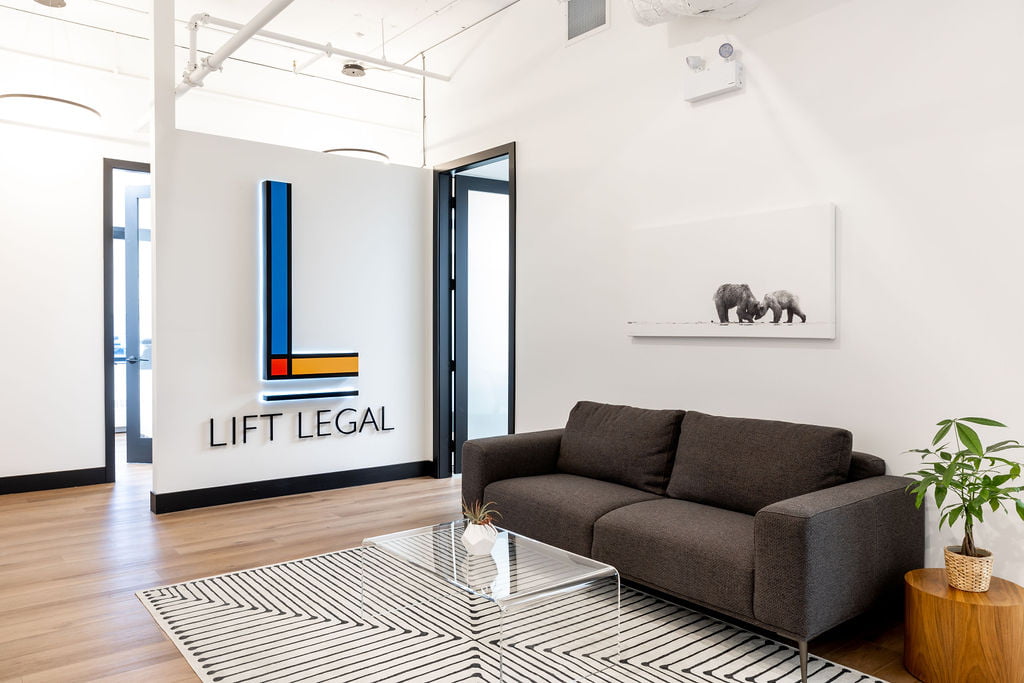There are four types of business ownership possible in Canada: as an entrepreneur or small business owner, you can choose to set up a sole proprietorship, a partnership, a corporation or a cooperative. Choosing the ownership type most appropriate for your business will determine how it is organized, how revenue and expenses are handled, and how you file your corporate income tax. At Lift Legal, we recommend weighing the pros and cons of each model before deciding on the legal structure of your new business venture.
A cooperative is a legally incorporated owned and controlled by its members—people seeking to satisfy common needs (e.g., employment, access to products or services, sale of their products or services). Although cooperatives serve a wide variety of functions, they generally fall within one of four categories:
- Consumer co-ops provide products (e.g., retail co-op) or services (e.g., housing, child care, health care, financial services) to their members.
- Producer co-ops process and market the goods or services their members produce. They may also supply products or services members require in their professional activities.
- Worker co-ops provide their members with employment. In this type of cooperative, employees are both members and owners of the cooperative.
- Typically found in health, home care and other social enterprises, multi-stakeholder co-ops serve the needs of different stakeholder groups, including those of employees, clients, and other interested individuals and organizations.
Regardless of the category to which they belong, all cooperatives share three common characteristics: ownership, governance and distribution of profits.
- Ownership
All members jointly own the business. - Governance
As democratically controlled businesses, cooperatives centre on the “one member, one vote” principle. This right is exercised at a cooperative’s annual general meeting, where members can vote directly for a board of directors. This governance structure is reinforced not only by the cooperative’s own bylaws, but also by the legislation under which the cooperative is incorporated. - Distribution of profits
Any surplus a cooperative has is owned by its members, who can decide how to distribute these profits at their annual general meeting.
In a cooperative, individual members’ liability is limited to the extent of the value of shares they hold. Cooperatives may enter into contracts under their operating name, but they may only be legally structured as cooperatives if they are organized as, and will be operated in accordance with, the Canada Cooperatives Act.
Visit Industry Canada’s to learn more about how cooperatives operate and the ways they differ from other businesses.
Whether you choose to set up a sole proprietorship, a partnership, a corporation or a cooperative, the legal form of business ownership you choose is an important decision. Your business’s legal structure will affect not only your setup, administrative and operational costs, but also your tax planning and possibly also your succession planning. It is something to decide even before deciding on a business name.
This is not to say that your business’s legal structure can’t change as your circumstances change. Choose the form of ownership appropriate to your present situation, and review it as your business grows. Trust the Lift Legal team to meet with you to provide the guidance and answers you need.
Contact us today to arrange your consultation.
Disclaimer:
The information on this blog and website is provided by Lift Legal for educational purposes only. It is intended to give readers a general understanding of the law, not to provide specific legal advice. Information contained in these pages should not be used in place of competent legal advice from a licensed, practising lawyer in Alberta. Furthermore, by using this blog and website, you understand that no lawyer-client relationship exists between you and Lift Legal.













